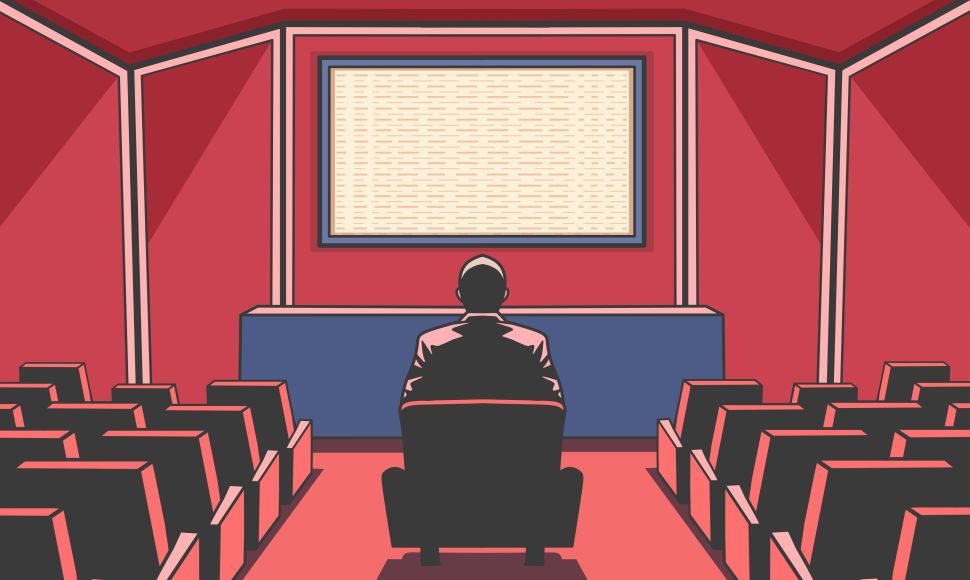Not long ago, creativity was the sacred domain of human imagination. Now, A.I. is drafts screenplays, remixes songs and even paints the next “masterpieces.” The rise of generative technology is reshaping the creative industry, challenging long-held notions of authorship, authenticity and intellectual property.
Over the last two years, artificial intelligence (A.I.)—technology the industry has used for years—shifted from a niche tool to a mainstream phenomenon. It became the hottest topic of the day, and then of the week, the year and probably now the century. ChatGPT sprang up as a household name, quickly becoming a tool that people of all ages began to use prolifically. In a matter of months, A.I. revealed itself to be much more than a far-off concept confined to sci-fi movies; A.I. rapidly integrated into business operations, transforming industries by streamlining customer service, optimizing data analysis, enhancing product design and automating content creation.
Since 2013, I have taught a class at American University’s Kogod School of Business called “Protection of the Creative Class in the Digital Age.” When I initially wrote the syllabus, nascent technologies, digital advances and resulting piracy were central concepts of the course. What once felt like a timely discussion on emerging technologies has become an urgent curriculum on the seismic shifts A.I. brings to creative industries. Several times in the past year, students experience a visible “aha moment” when they suddenly realize why the full title of the course makes sense. They ask insightful questions to the creators who visit our classroom about how they protect themselves from the threats of A.I. bots training from their copyrighted works to create competitive material.
Fast forward a decade. The meteoric rise of A.I. has since sparked novel conversations about technology’s role in fostering creativity. While creativity has traditionally been associated with human imagination, it is now being explored through the lens of a non-human entity. Technology can generate original works, analyze patterns and even assist in complex decision-making. With these advances, questions about “protecting the Creative Class” have evolved to encompass these new technologies, and it seems appropriate to consider an even bigger question.
Where is the role for human creators in this new A.I. ecosystem?
Technological advances and their impacts on business have been at the forefront of my thinking for decades. Before joining Kogod’s faculty full-time in 2023, I spent the bulk of my career working on policy issues of importance to the music, film and TV companies. A.I. presents a new challenge for traditional copyright industries, which, historically, have tended to agree on the importance of intellectual property considerations in the global business environment. With A.I. disrupting content creation, traditional copyright industries—once unified in their approach to intellectual property—found themselves divided on how A.I.-generated works should be classified, owned and monetized. This type of disagreement is what led to the Hollywood strikes of 2023, for example. Book authors, songwriters, music labels and major studios all look at A.I. through drastically different lenses. The important thing to teach students interested in these fields is why this is the case and how those lenses impact the business of entertainment across the industry.
Kogod students go on to lead businesses, found companies, manage organizations and more. We quickly recognized the importance of incorporating A.I. into the day-to-day business school experience, ensuring students develop not only technical fluency in A.I. but also the strategic mindset to apply it ethically and effectively in their future careers. That means more than using A.I. in the classroom; it means equipping our students with the knowledge and skills required to navigate a world where technology and creativity have converged.
It is crucial for educators to ensure students have both the tools and understanding to succeed in the modern-day workplace. That includes talking about the ways technology can be (and is actively being!) used inappropriately. From unauthorized A.I.-generated remixes to entire books written using uncredited source material, students must critically evaluate how A.I. intersects with intellectual property and advocate for ethical and transparent creative practices.
To that end, Kogod was honored to have co-hosted the 4th Annual Artist Rights Symposium on AU’s campus. Because the event was held in Washington, D.C., we brought together global thought leaders from government, academia, trade associations and corporations to discuss key issues surrounding artists’ rights in the age of A.I. The industry’s top minds clashed over one question: Can A.I. create art, or is it just sophisticated theft? Lawyers, executives, and artists debated how to protect creativity in a world where an A.I. model can remix your life’s work in seconds. The event underscored the urgency of establishing legal frameworks and best practices that protect creative ownership while allowing for technological innovation. Two key panels in particular—entitled, “Show Me the Creator: Transparency requirements for A.I. technology,” and “Name, Image & Likeness Rights in the Age of AI: Current initiatives to protect creator rights and attribution”—squarely posed the timeliest questions about key policy issues that will impact the entertainment industry for years to come, if not forever.
As for the future of my “Creative Class” course, we will work to distinguish how A.I. can serve as a tool to augment human creativity, rather than replace it. Human creators find themselves at a pivotal crossroads in this moment; to find the fair and proper balance between human and machine. How does an artist prove their worth when A.I. can mimic their style in seconds? And if A.I. can create faster, cheaper, and at scale, will audiences still value the human touch? The stakes are high for students, artists, and entire industries. That’s why I want to call on all creators, and my students who study them, to leverage A.I.’s power to amplify creativity, ensure originality, and set ethical standards in the next era of artistic innovation.

